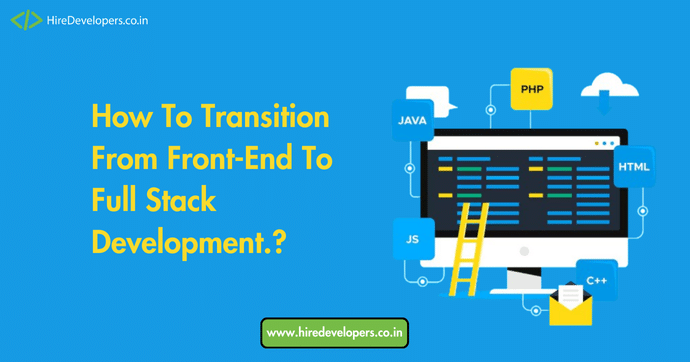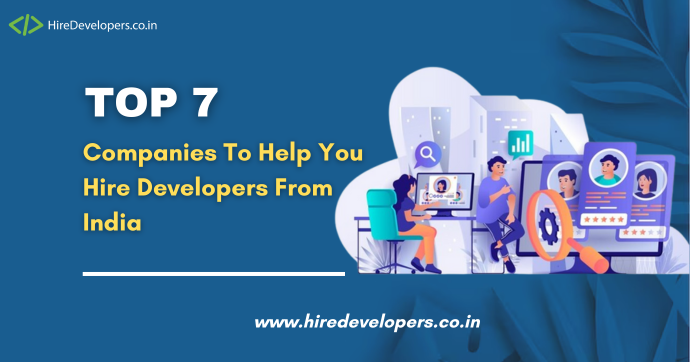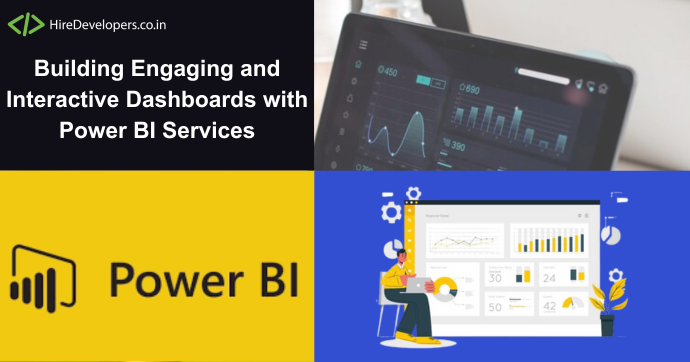December 1, 2024
Exploring The Role Of Data Science in Predictive Healthcare Analytics
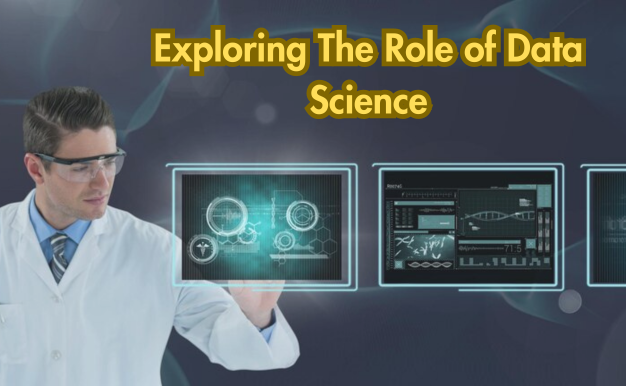
Imagine a doctor who can predict your health risks before you even get sick. Sounds futuristic, right? Well, thanks to data science and predictive healthcare analytics, this vision is becoming a reality.
This post dives into the exciting world of data science in healthcare, exploring how it’s transforming the way we approach disease prevention and treatment. Get ready to discover how data is revolutionizing healthcare!
What is Predictive Analytics in Healthcare?
Think of it like using a super-powered crystal ball for health data. Predictive analytics uses sophisticated computer programs to analyze mountains of patient information. This information comes from electronic health records (EHRs), lab results, medications, and even lifestyle habits.
By analyzing these patterns, the computer can predict things like:
- Disease Risk: Is someone at a higher risk of developing a certain illness like diabetes or heart disease?
- Treatment Effectiveness: How likely is a particular treatment plan to be successful for a specific patient?
- Hospital Readmission: Is a patient likely to need to return to the hospital after being discharged?
The Benefits of Predictive Analytics
Predictive analytics isn’t just about fancy technology. It’s about improving patient care in several ways:
- Early Detection: By identifying people at risk of certain diseases, doctors can take steps to prevent them or catch them early when they’re easier to treat.
- Personalized Care: Predictive analytics allows doctors to tailor treatment plans to each patient’s unique needs and risk factors.
- Better Resource Management: Hospitals can use predictive analytics to forecast patient needs and allocate resources more efficiently.
Here are some real-world examples of how predictive analytics is making a difference:
- Reducing Hospital Readmissions: Hospitals can identify patients at high risk of readmission and provide them with extra support to help them stay healthy at home.
- Controlling Infectious Diseases: By analyzing data on past outbreaks, healthcare officials can predict and respond to new threats more quickly.
- Developing New Treatments: Researchers can use predictive analytics to identify patients who might be good candidates for new medications or therapies.
The Future of Healthcare: Powered by Data
Predictive analytics is still a young technology, but it has the potential to revolutionize healthcare. As data collection and analysis continue to improve, we can expect even more exciting advancements:
- More Accurate Predictions: The more data that’s analyzed, the better predictive models will become at forecasting health risks and outcomes.
- Personalized Medicine: Treatment plans will become even more tailored to each individual’s unique genetic makeup and health history.
- Earlier Interventions: Doctors may be able to identify and address health problems even before symptoms appear.
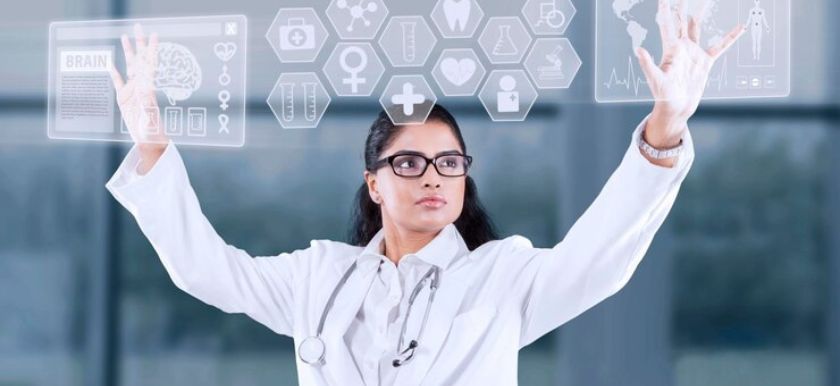
Predictive analytics is a powerful tool that holds the promise of a healthier future for everyone.
Decoding Health: The Power of Data Science
The healthcare industry is swimming in a sea of data – medical records, patient information, genetic data, and more. Data science acts like a powerful net, helping us catch valuable insights hidden within this vast ocean of information.
Here’s how data science is changing the game in healthcare:
- Predicting Disease Risk: By analyzing vast datasets, data scientists can identify patterns and trends that help predict an individual’s risk of developing certain diseases.
- Personalized Medicine: Data science allows healthcare professionals to tailor treatment plans based on a patient’s unique data profile. This personalized approach can lead to more effective and successful treatments.
- Optimizing Healthcare Resources: Data science helps us understand how resources are currently used within healthcare systems. This allows for better allocation of resources and improved efficiency.
Data scientists use a variety of techniques to analyze healthcare data, including:
- Machine Learning: Algorithms learn from vast datasets to identify patterns and make predictions about future health outcomes.
- Statistical Analysis: Data scientists use statistical methods to uncover trends and relationships within healthcare data.
- Data Visualization: Complex data is transformed into clear and easy-to-understand visuals, allowing healthcare professionals to quickly grasp key insights
How Early Disease Detection Saves Lives?
Imagine a world where diseases are caught before they cause serious harm. This isn’t just a dream; early disease detection is already making a huge difference in people’s lives. Let’s delve into some eye-catching statistics that show why catching illness early is so important:
- Saving Lives Around the Globe: The World Health Organization (WHO) estimates that early detection of cancer alone could save a staggering 3.7 million lives every year across the world!
- Beating Breast Cancer: The American Cancer Society reports incredible news: the five-year survival rate for breast cancer can be as high as 99% if it’s caught early
- Managing Diabetes: Early detection and treatment of diabetes can dramatically reduce the risk of serious health problems by 50% or more, according to the American Diabetes Association.
These numbers are powerful! By uncovering patterns that signal the early stages of disease, we have the potential to revolutionize healthcare and save countless lives. Here’s how technology is playing a key role in this exciting progress:
- Pattern Power: Doctors are using sophisticated tools to identify patterns in medical data. This allows them to spot subtle early warnings of disease before symptoms even appear.
- Machine Learning Marvels: Advanced computer programs called machine learning algorithms are being trained to analyze vast amounts of medical information. This helps them identify potential health risks with incredible accuracy.
- Wearable Tech to the Rescue: Devices we wear, like fitness trackers and smartwatches, are collecting valuable health data. This data can provide doctors with crucial insights into our overall health and potentially signal early signs of trouble.
Early disease detection is a game-changer in healthcare. By working together, technology and medical professionals are paving the way for a healthier future for everyone.
Beyond the Numbers: The Human Touch in Healthcare
While data science is a powerful tool, it’s important to remember that healthcare is a human-centered field. The doctor-patient relationship will always remain crucial. Data science should be seen as a valuable assistant, empowering healthcare professionals to make better-informed decisions and provide more effective care. The future of healthcare is a bright collaboration between human expertise and the power of data science. Together, they have the potential to create a healthier and more personalized healthcare experience for everyone.
Must Know-: The Impact of Big Data on Data Analytics Strategies


